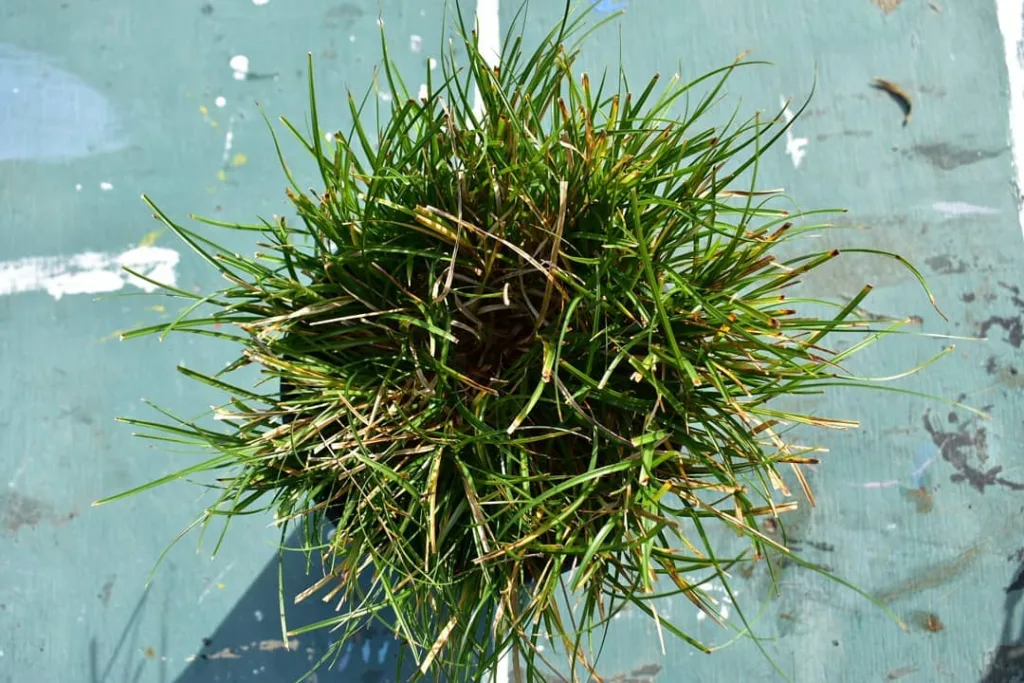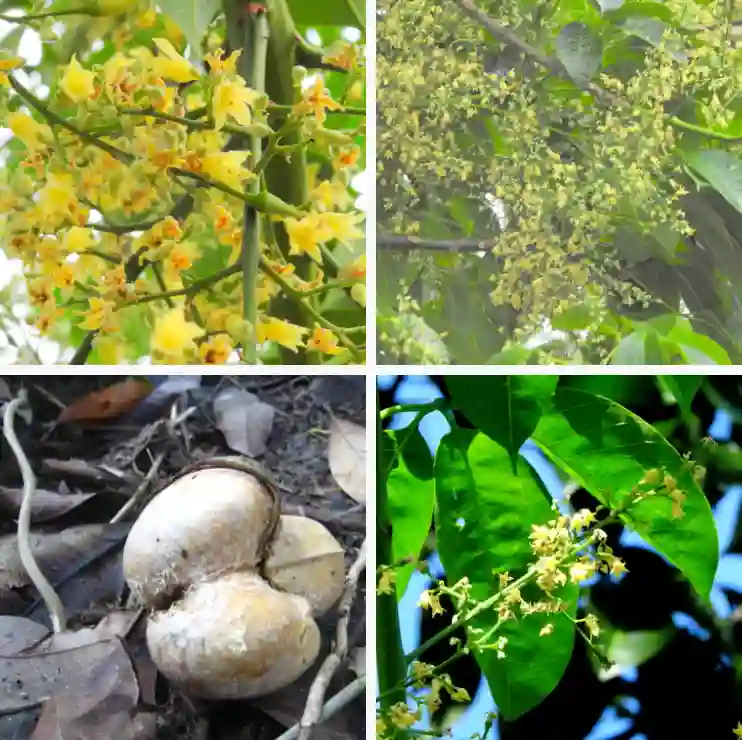The Unassuming Charm of Sagina: A Closer Look at Pearlwort
My name is Ferb Vu, and while I may not be a botanist by profession, I’ve always been fascinated by the intricate beauty of the natural world. Lately, I’ve found myself drawn to a rather unassuming genus of plants known as Sagina, or more commonly, pearlwort. These delicate little plants, often overlooked in favor of their more showy counterparts, possess a quiet charm that I find irresistible.
What is Sagina?
Sagina belongs to the Caryophyllaceae family, which also includes carnations and chickweeds. They are typically low-growing, forming mats of green with tiny, white flowers that resemble pearls – hence the common name “pearlwort.” These plants are hardy and adaptable, thriving in a variety of habitats, from rocky crevices in mountainous regions to the cracks in your sidewalk. It’s this resilience and understated beauty that I find so captivating.
A Diverse Genus
While Sagina might appear homogenous at first glance, it actually encompasses a surprising diversity of species. Some are annuals, completing their lifecycle in a single year, while others are perennials, returning year after year. They vary in size, leaf shape, and preferred growing conditions. Here are:
- Sagina apetala (Annual Pearlwort): This common species is often found in disturbed areas like roadsides and pavements. It has slender leaves and tiny, inconspicuous flowers.
- Sagina procumbens (Procumbent Pearlwort): A mat-forming perennial, this species thrives in damp, shady spots and is often found in lawns and gardens.
- Sagina nodosa (Knotted Pearlwort): This species is characterized by its slightly larger flowers and preference for damp, grassy habitats.
- Sagina abyssinica Hochst. ex A.Rich.
- Sagina afroalpina Hedberg
- Sagina belonophylla Mattf.
- Sagina brachysepala Chiov.
- Sagina caespitosa Lange
- Sagina chilensis Gay
- Sagina decumbens (Elliott) Torr. & A.Gray
- Sagina diemensis L.G.Adams
- Sagina diffusa (Hook.f.) Timaná
- Sagina donatioides F.Muell.
- Sagina filicaulis Jord.
- Sagina glabra (Willd.) Fenzl
- Sagina hawaiensis Pax
- Sagina hookeri Timaná
- Sagina humifusa (Cambess.) Fenzl ex Rohrb.
- Sagina japonica (Sw.) Ohwi
- Sagina libanotica Rech.f.
- Sagina maritima Don
- Sagina maxima A.Gray
- Sagina × media Brügger
- Sagina merinoi Pau ex Merino
- Sagina × micrantha Boreau
- Sagina monticola Merr. & L.M.Perry
- Sagina namadgi L.G.Adams
- Sagina nivalis (Lindblom) Fr.
- Sagina oxysepala Boiss.
- Sagina papuana Warb.
- Sagina pilifera (DC.) Fenzl
- Sagina purii R.D.Gaur
- Sagina quinquevalvis Gilli
- Sagina revelierei Jord. & Fourr.
- Sagina rupestris R.T.A.Schouten ex K.Larsen
- Sagina sabuletorum (J.Gay) Lange
- Sagina saginoides (L.) H.Karst.
- Sagina stridii Kit Tan, Zarkos & V.Christodoulou
The Appeal of the Understated
In a world that often celebrates the bold and flamboyant, I find myself increasingly drawn to the subtle beauty of plants like Sagina. Their delicate forms and understated elegance offer a refreshing contrast to the noise and clamor of everyday life. Observing these plants closely reveals intricate details that are easily missed – the delicate veins in their leaves, the subtle variations in flower shape, the way they tenaciously cling to life in seemingly inhospitable environments.
For me, Sagina represents resilience, adaptability, and the beauty of simplicity. It’s a reminder that sometimes, the most captivating things in life are the ones that don’t shout for attention. They quietly persist, offering their beauty to those who take the time to look closely.
More Than Just a Pretty Face
Beyond their aesthetic appeal, Sagina species play important roles in their ecosystems. They provide ground cover, preventing soil erosion and offering habitat for small insects. Some species are even used in traditional medicine. While research on their specific properties is ongoing, it’s clear that these plants are more than just pretty faces.
Cultivating Sagina
If you’re interested in adding Sagina to your garden, you’ll be pleased to know that they are relatively easy to cultivate. Most species prefer well-drained soil and a sunny or partially shaded location. They are tolerant of a wide range of conditions and require minimal maintenance. Whether you’re a seasoned gardener or just starting out, Sagina is a great choice for adding a touch of understated elegance to your outdoor space.
A Continuing Fascination
My journey into the world of Sagina has just begun, and I’m eager to learn more about these fascinating plants. I plan to explore different species, experiment with cultivation techniques, and delve deeper into their ecological roles. I invite you to join me in appreciating the unassuming charm of Sagina – a testament to the beauty that can be found in the simplest of things.
If i die, water my plants!



